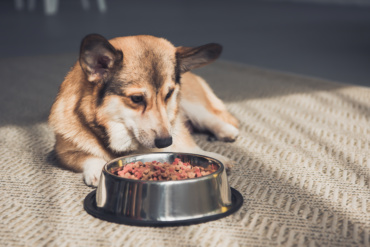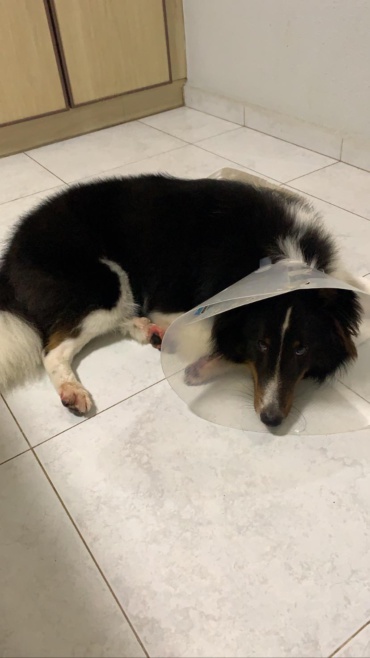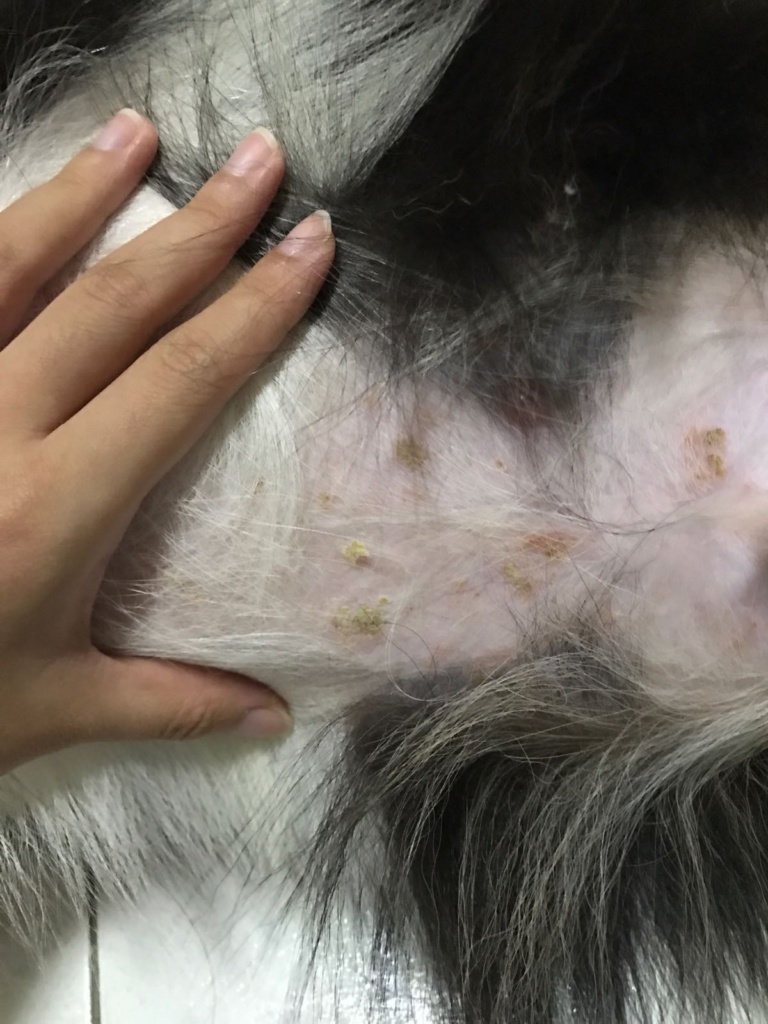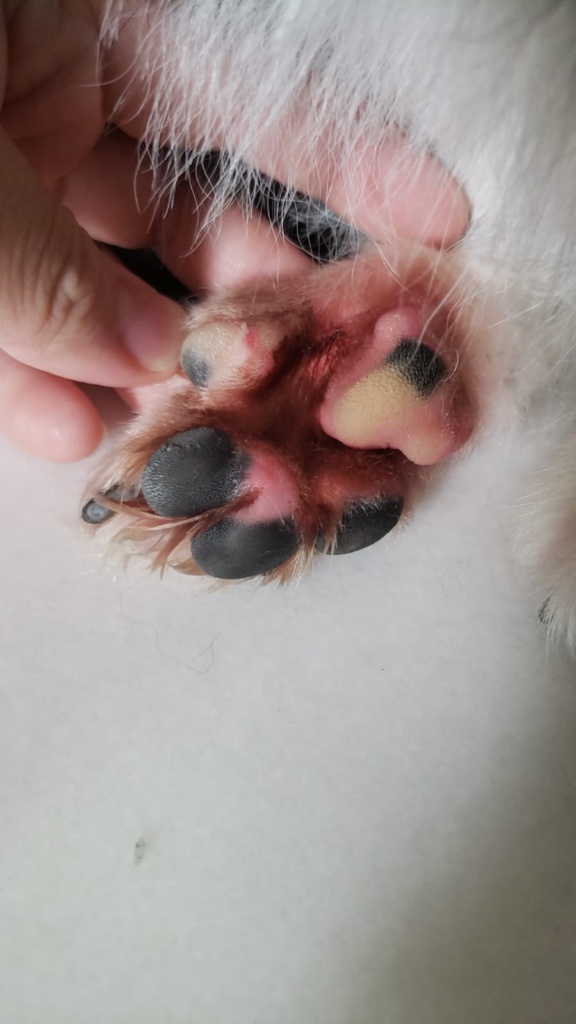This article is an expansion of Sherry’s submission for Pawjourr’s #WhatsYourReality campaign. We recommend reading her original submission before proceeding with the article [link].
Pets are just like us too! They too can develop allergies and tummy sensitivities.
For Sherry, raising her dog who has both, poses a challenge and a learning lesson.
See how she navigates the world of pet parenting while keeping Princess’ sensitivities in mind. Perhaps you can do the same too!
Diagnosing an Allergy
I was initially unaware that dogs could develop allergies, as my previous 2 doggies did not have any.

For Princess, we fed her lamb kibbles when she was a puppy. At that time, I bought a new brand for her to try out because I heard it was a better brand. The new brand offered chicken kibbles. Unfortunately, she vomited a half-hour after taking it. Brought her to the vet and was told to feed plain porridge with chicken as the vet initially assumed she was not used to the new flavour. I fed her porridge and steamed chicken but she vomited again. I then switched and fed her lamb kibbles and she was fine once more. No vomiting or diarrhoea after that.
That’s when the vet mentioned it’s an allergic reaction to chicken.
This is shown through how she vomits after taking chicken. She will also experience diarrhoea after taking pork. In addition to allergies, Princess has a very sensitive tummy too. For example, a higher vegetable content in a meal will cause diarrhoea.
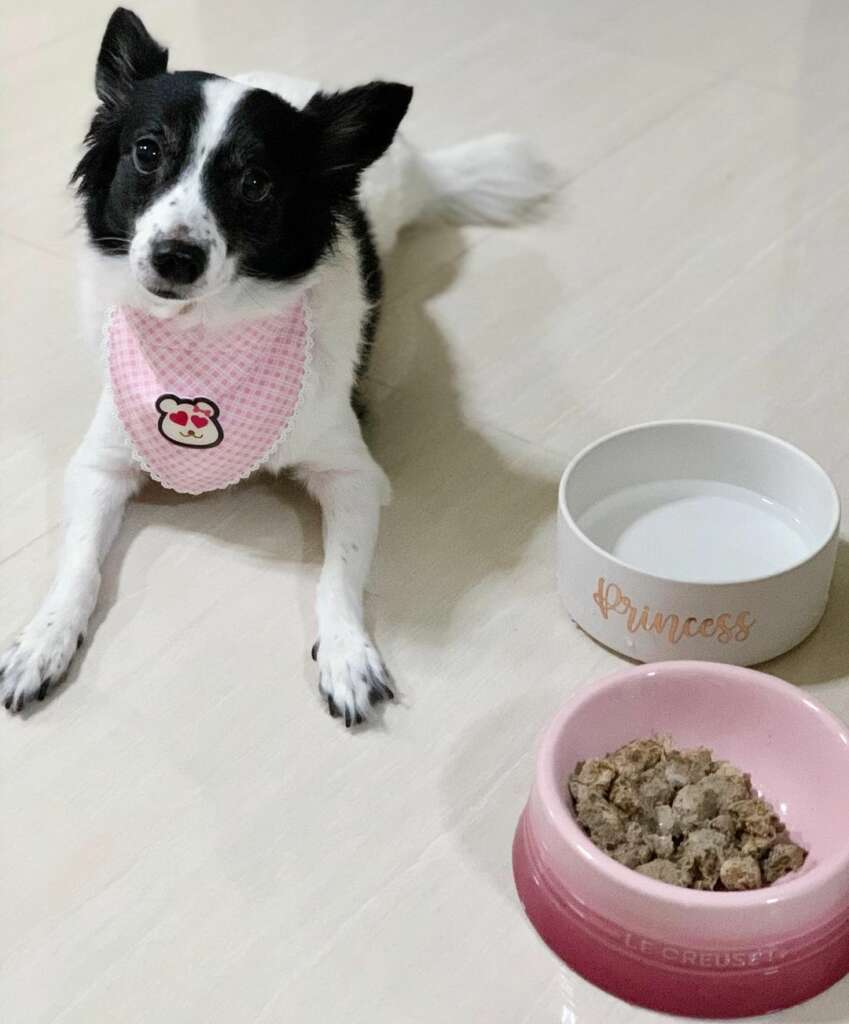
A few years back, I switched her to freeze-dried food. Even with the same protein from different brands, I still have to check the % of meat and vegetable content. I only feed freeze-dried food with at least 95% meat content now. I once tried a freeze-dried brand before which has 85% meat content. It caused her body and breath to stink so badly and her poop became very soft. The vet checked her poop and said she digested too many vegetables! And the tripe makes her body & breath stinky.
Most dogs will probably not have these reactions as these superfoods are pretty good for dogs and the amount is pretty minimal but I guess her tummy is just too sensitive.
Dog allergies can manifest themselves in different ways. Common symptoms include redness of the eyes and throat or excessive itching on the body. As such, do consult your vets for more information.
Managing your pet’s dietary needs
I exercise extreme caution when feeding new treats or food. These are the steps I take.
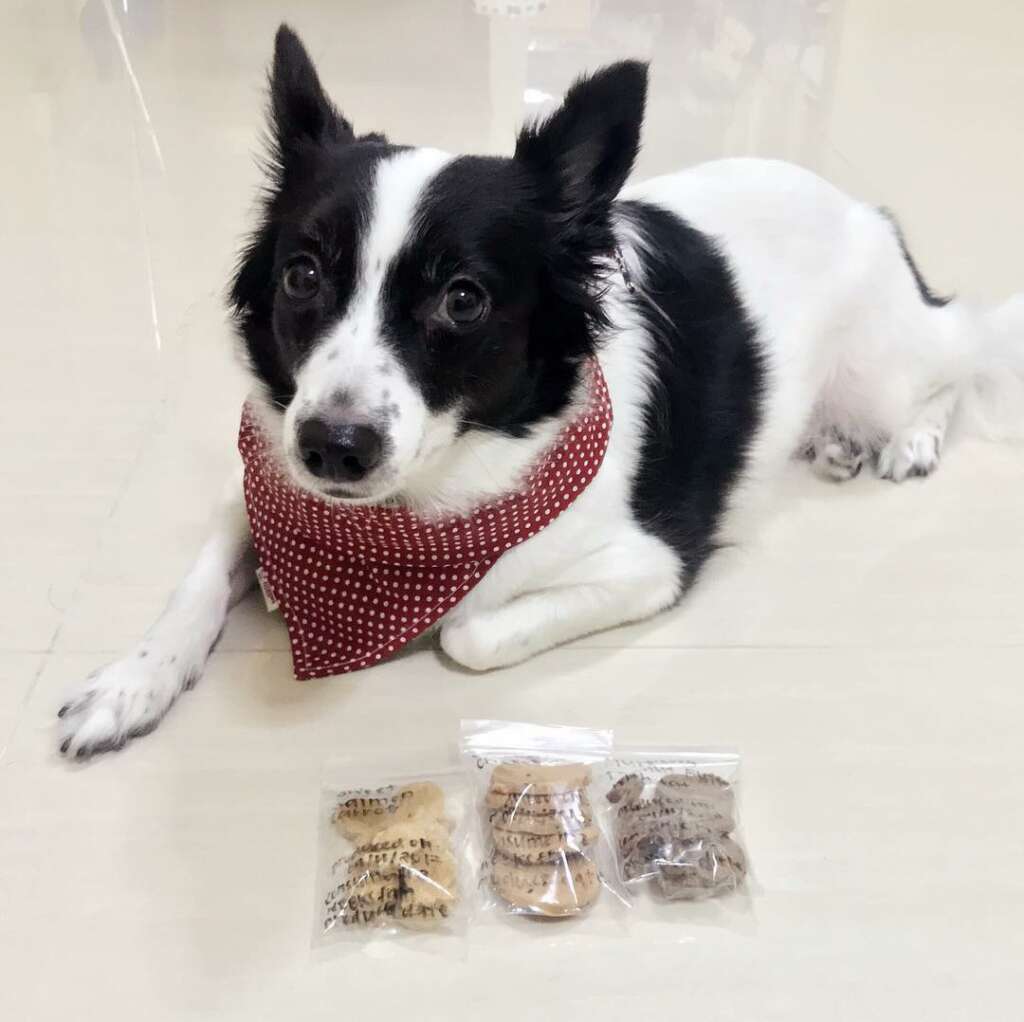
- If I’m feeding anything new even if it’s a familiar protein but from a different brand, I’ll avoid giving anything else and monitor for any reactions for a few days. This applies even for meal transitions.
- I make sure to check every single ingredient included and ensure she can eat them before feeding. Certain herbs like rosemary will also cause her to have diarrhoea. I’m very careful to the point that even though some freeze dried contains the minimum amount of garlic which is supposedly good as a dewormer for dogs (Garlic is toxic for dogs for your info), I will still choose not to feed Princess. A small amount can cause a huge reaction in her. Even liquid medications from the vet can cause her poop colour to change to the liquid medicine colour when it doesn’t affect other dogs. Now you know what I mean!
- Lots of monitoring and keeping a close watch on her. Not to mention spending a lot on vet bills because it’s not just her allergies but also how much her tummy can tolerate each ingredient she consumes which is hard to predict until we do trial & error.
Moving Forward
Currently, I am feeding Princess Bixbi Rawbble for freeze-dried food and The Grateful Pet for home-cooked meals now. These choices were first made based on numerous recommendations & reviews from dog owners.
As mentioned, I make sure to read through every ingredient in the list and do my research. Since it looks good & safe for her, I got a pack or two to try out for about 2 weeks to see how Princess’s tummy reacts to it. For treats, I stick to single-ingredient or limited ingredient treats to be on the safe side.
No sugar, no salt and no glycerine or other nasties.
Thank you Sherry for her valuable advice, and a great story.
If you, or your pet have a story to share, do reach out and let us know as well!

